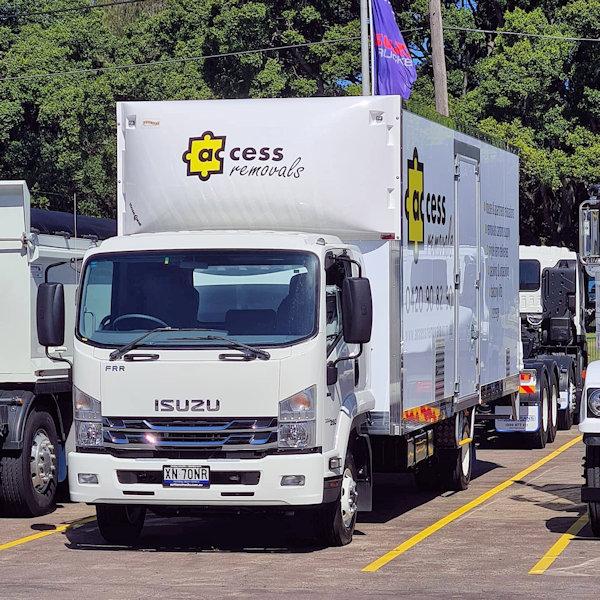When planning a move, choosing the right type of vehicle is essential to ensure the safe and efficient transportation of your belongings. Although regular trucks and removalist trucks might seem similar, there are significant differences between the two that make each one more suitable for specific tasks.
In this article, we will discuss these differences to help you make an informed decision when selecting a truck for your upcoming move.
Removalist Trucks
 Removalist trucks, on the other hand, are specifically designed for transporting household goods and furniture during a relocation process. They come with features tailored to make the moving process more efficient and secure. Some of the main characteristics of removalist trucks include:
Removalist trucks, on the other hand, are specifically designed for transporting household goods and furniture during a relocation process. They come with features tailored to make the moving process more efficient and secure. Some of the main characteristics of removalist trucks include:
Size and Capacity
Removalist trucks come in various sizes, with larger models offering greater storage capacity. This allows them to accommodate more items in a single trip, making the moving process more efficient and cost-effective.
Enclosed Cargo Space
Unlike some regular trucks, removalist trucks have enclosed cargo spaces that protect your belongings from the elements and potential theft. This is particularly important when moving valuable or delicate items.
Loading and Unloading Features
Removalist trucks are equipped with features like hydraulic lift gates and ramps that make it easier to load and unload heavy items. These features help reduce the risk of injury and damage to your belongings during the moving process.
Tie-Down Points and Padding
Removalist trucks often have built-in tie-down points and padding to secure your items and prevent them from shifting during transit. This helps ensure your belongings arrive at their destination in the same condition they were in when they were loaded.
Specialised Storage Options
Some removalist trucks come with specialised storage compartments for items like appliances, fragile items, and wardrobe boxes, ensuring they are transported safely and securely.
Regular Trucks
Regular trucks, also known as cargo trucks or box trucks, are designed for general transportation of goods and materials. They are commonly used for commercial purposes and can accommodate a variety of cargo types. Some of the features of regular trucks include:
Size and Capacity
Regular trucks come in a range of sizes, with varying cargo capacities. However, they are typically smaller than removalist trucks and may require multiple trips to transport all your belongings during a move.
Open or Enclosed Cargo Space
Regular trucks can have either open or enclosed cargo spaces. Open cargo spaces, such as flatbed trucks, are more suitable for transporting large or bulky items but provide less protection against weather and theft. Enclosed cargo spaces, such as box trucks, offer more protection but may have limited access points for loading and unloading.
Limited Loading and Unloading Features
Regular trucks generally lack specialised features like hydraulic lift gates and ramps, making it more challenging to load and unload heavy items. This can result in a more time-consuming and labor-intensive moving process.
Fuel Efficiency
Due to their smaller size and lighter weight, regular trucks usually offer better fuel efficiency compared to removalist trucks.
Cost
Regular trucks are often less expensive to rent, purchase, and maintain compared to removalist trucks.
Conclusion
In conclusion, while regular trucks and moving trucks may appear similar, there are several key differences between the two types of vehicles. Regular trucks are versatile, general-purpose vehicles that can be used for various transportation needs, while trucks used for furniture removals are specifically designed for moving household goods and furniture.
By understanding the differences between the two types of trucks, you can make a more informed decision for your next move. For a seamless moving experience, consider hiring a professional removalist company like Access Removals.
Our experienced team will help you choose the right removalist truck for your needs and handle all aspects of your move from start to finish.
